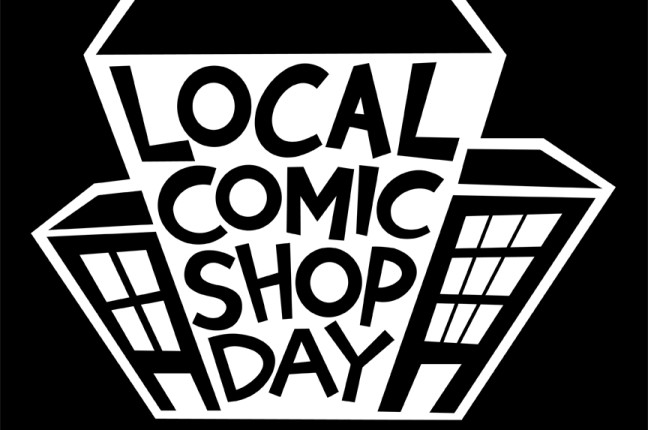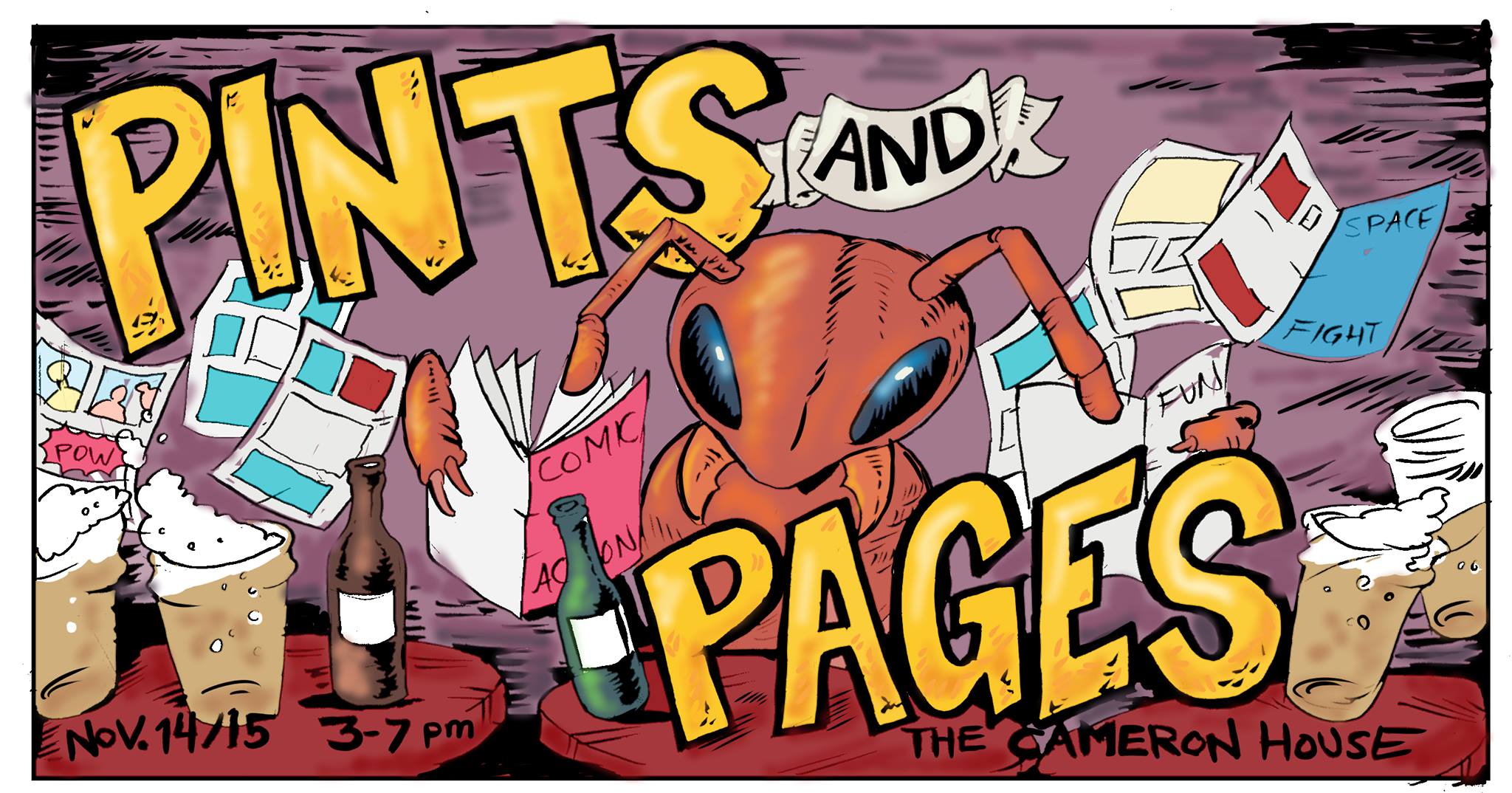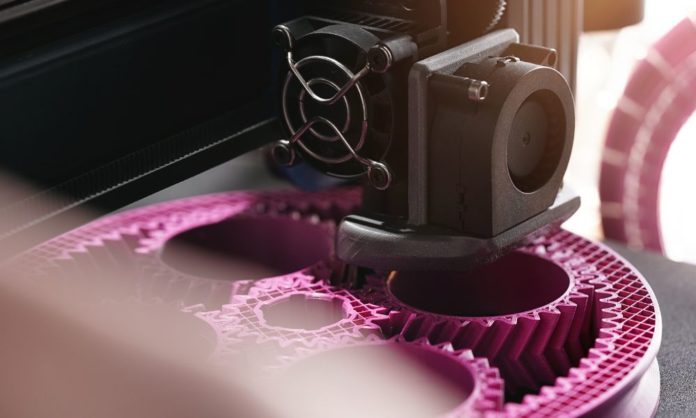The entertainment industry, which includes movies and television shows, has a major impact on popular culture. Thanks to advances in technology and refinements in manufacturing methods, businesses are constantly pushing the envelope of what is possible. Three-dimensional printing is a cutting-edge technology creating waves in the movie and TV industries. Let us explain how 3D helps the entertainment industry, and learn what Tinseltown is capable of in the future.
Benefits of 3D Printing
The entertainment sector greatly benefits from 3D printing since it reduces costs and boosts production. Traditional production methods—sculpting and molding—can be expensive and time-consuming. However, 3D printing allows for the rapid and inexpensive production of elaborate costumes, sets, and props. Instead of spending time and money hand sculpting a prop, a designer may create a digital model and print it with a 3D printer.
Another perk of 3D printing for media and entertainment is that it allows for more design freedom and individualization. Using a 3D printer with perfect resolution quality allows designers to develop complex items that would be challenging or impossible to produce using traditional techniques. This provides novel opportunities for a narrative and expands the scope of designers’ expressions.
Challenges Ahead
The primary concerns of 3D printing technology stem from cost and availability. Due to the specialized equipment and required skills, 3D printing can be expensive. This might challenge independent filmmakers and production businesses with few resources.
Quality control is another significant challenge. Consistency and accuracy in the final product may be difficult to ensure due to the technological nature of 3D printing. Consequently, the outcome may suffer from issues with the final output, like texture or color abnormalities.
Another difficulty with 3D printing in the film and entertainment industries is protecting intellectual property. Protecting artists’ and designers’ rights is critical to preventing the unauthorized use or duplication of their work. This is a tricky situation since 3D printing facilitates the replication of digital models, which may infringe on the rights of the original creators.
A Look Into the Future
Despite these challenges, 3D printing has a promising future in the entertainment and media industries. As this technology improves and becomes more accessible and affordable, more manufacturers and designers will reap its benefits. Furthermore, the evolution of 3D printing technology will allow for new forms of storytelling and aesthetic expression.
Production of films and TV programs is evolving, and there’s potential for 3D printing to revolutionize the industry further. As this technology improves and becomes more accessible, expect to see more designers and artists using it to bring their tales to life on big and small screens.
Fun Examples
If a big-budget action flick is in the making, the odds are high that the cast used 3D-printed props. The fossils in Jurassic Park, the essences of Wakanda in Black Panther, the evil Demogorgon that somehow loses its battles against a group of teenagers and a small-town cop in Stranger Things, and the empire’s stormtroopers who earn their .0001 K/D ratio in Star Wars all come from 3D printing. Surely, James Cameron wouldn’t have planned out multiple Avatar sequels if he didn’t have 3D printing to lean on for his banshees and Na’vi.
Highlighting how 3D printing helps the entertainment industry gives you a look into the future of films and television. The entertainment industry has come a long way from a painted background depicting a country bar in a Spaghetti Western. Now, we can make fictional paradises with a bright mind and a fine piece of technology.


































